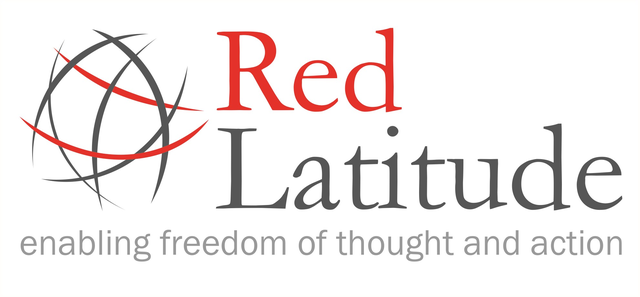Security and risk management professionals must take steps to ensure that each employee involved in their company understands, adheres to and can consistently perform policies and procedures. This helps to improve productivity, as well as increase safety and security for those employed by the organisation. If individuals can no longer follow through on the direction of the management team, there is a real risk that the organisation’s entire security and risk management efforts will fail.
In order to ensure that employees have the skills required to implement security and risk management training, it is imperative that the training is structured and delivered according to the specific needs of each individual. It is critical that every employee understands their role within the program and has the ability to follow the directions given by the security manager. The ability to communicate with others across the business is also essential to creating a culture of compliance.
Procedures must be written and properly implemented in order to prevent incidents from occurring. Failure to complete these processes leads to problems and a poor image for the organisation. Procedures must be written in a manner that is easy to understand by everyone in the organisation, including people not directly involved in the work.
Procedures must also be written in a manner that is accessible to those working in the organisation, including those without the required knowledge or experience. When the procedures are not easily understood by all in the company, there is a risk that employees may assume they know what the system is supposed to do. This could result in a breakdown in communication between departments and could lead to misunderstandings and incomplete procedures.
It is important to be able to document procedures before they are implemented, especially if they are written in a vague fashion or contain hidden language. Unfortunately, many organisations do not have an accurate process for documenting the creation of procedures and therefore, must spend a great deal of time rewriting and redrafting procedures until all the important details are accounted for.
There are many situations where the written form of a procedure is not adequate. For example, a corporation may have procedures that have been implemented without testing them to determine whether or not they are correctly being followed. When this occurs, there is a great risk that the procedure could cause damage or harm to those who are potentially harmed by the procedure.
Procedures must be reviewed by a group of individuals in order to be truly effective. While reviewing procedures, they must also be tested to determine whether or not they are written correctly and therefore, if they are still needed or need to be changed. Following the review of these procedures, they must then be submitted to the corporation for approval.
The implementation of security and risk management training should involve the entire organisation. By doing so, the entire team must be informed on how to correctly adopt and adhere to security and risk management procedures. The employees should learn all of the steps needed to make their organisation a safe and secure place to work, rather than risking the safety of their coworkers and customers in a careless attempt to comply with regulations.
Implementing security and risk management must be a time-consuming process. Each section of the organisation must be fully informed on how to conduct the job, whether it is managing personnel or creating procedures. If the organisation does not have a system in place to measure its successor production, it may not be able to accurately report its performance to management.


Recent Comments